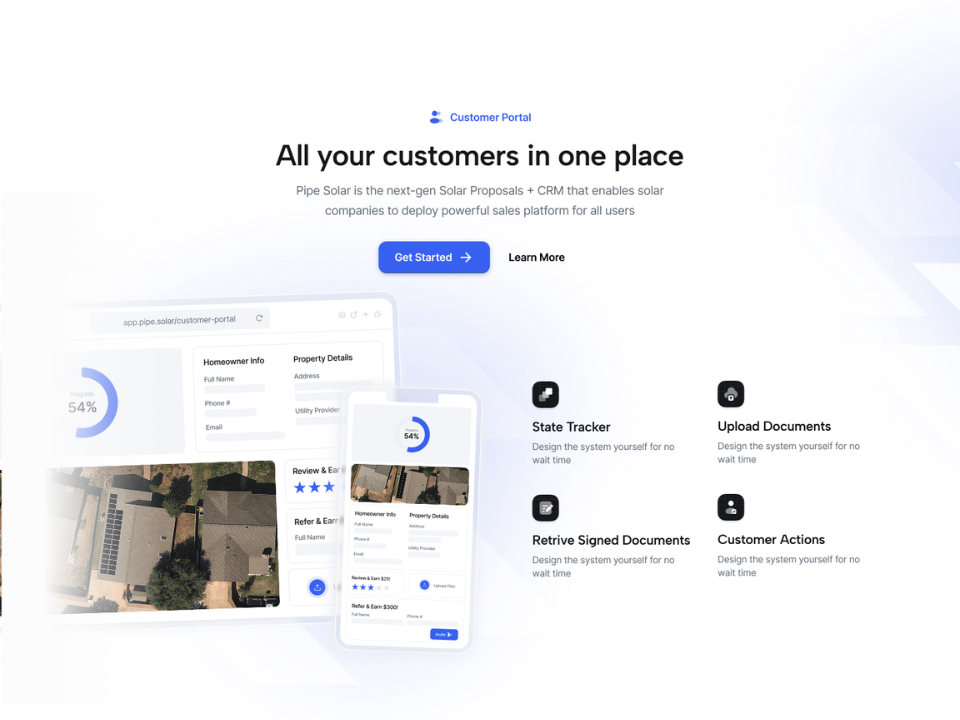
Learn what impacts solar ROI and how accurate design, clear proposals, and better project execution lead to stronger returns for your customers and more closed deals for your team.

Solar ROI, or return on investment, is the key metric homeowners look at when deciding whether to go solar. It answers a fundamental question: “How long until my solar system pays for itself?”
At its core, solar ROI compares the system’s total cost to the long-term savings on electricity bills. But it’s not just about economics. Solar ROI represents trust, performance, and value, all of which influence how confident a customer feels in moving forward.
To succeed in today’s solar market, contractors need to deliver real value and communicate it clearly. That starts with understanding how solar ROI is calculated, what affects it, and how to maximize it from design through installation.
While the formulas may vary, most solar ROI models include:
A simple version of the ROI equation is:
Payback Period = Net System Cost ÷ Annual Utility Savings
For example, a $16,000 system that saves $2,000 annually has an 8-year payback. From that point forward, every dollar saved improves the homeowner’s solar ROI.
System design is the foundation of a strong solar ROI. Shading, orientation, roof pitch, and local irradiance all affect performance. Undersizing or oversizing a system impacts both savings and payback.
Pipe Solar’s solar design tools help contractors build high-performing systems tailored to real conditions. With accurate energy modeling and layout options, installers can optimize output and avoid guesswork, ensuring each project starts with ROI in mind.
Many homeowners walk away from solar not because the ROI is low, but because they don’t understand it. Static PDFs and outdated presentations bury the numbers and fail to build trust.
With interactive proposals, sales teams can clearly show solar ROI through dynamic savings charts, cashflow comparisons, and payback visuals. When the value is transparent, the decision becomes easier.
Missed timelines, surprise fees, and unclear communication all chip away at the solar ROI a customer expects. The best way to protect ROI is through better operations.
Pipe Solar’s project management tools help teams stay on track from contract to PTO. And with a dedicated customer portal, homeowners stay informed without needing to chase updates, reducing friction and improving satisfaction.
In a competitive market, solar ROI is more than just a number. It’s a reason to buy. Installers who frame conversations around long-term return, rather than just system size or monthly payments, are better positioned to earn trust and close deals.
By connecting the dots between design, savings, and performance, solar professionals can shift the conversation from price to value and win more consistently.
Improving solar ROI doesn’t require lowering prices or promising unrealistic results. It requires clarity, precision, and the right tools to back it up.
Want to win more customers by showing real solar ROI? Get started with Pipe Solar’s proposal and design platform today. Book a demo to see how we help you sell smarter.
One platform. Every tool you need to design, sell and manage solar projects with confidence.
